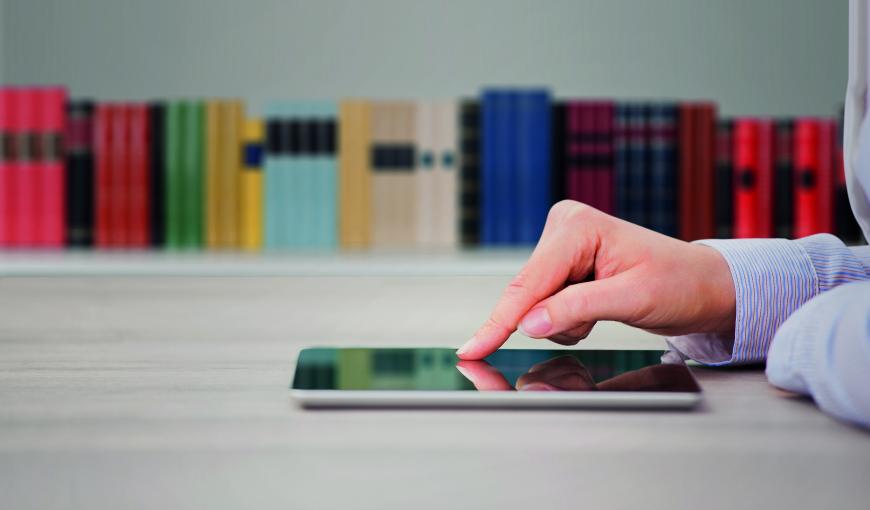Do you know the difference between Open Educational Resources and Learning Objects?
With the Information and Communication Technologies’ expansion, education today is understood in an open way, that is, the student and teacher become co-authors in the teaching and learning process. These changes have caused technological solutions for distance education to gain worldwide attention as a lower-cost alternative to expanding education with the benefit of improving the learner's learning experience compared to face-to-face courses.
Influenced by the participatory culture of the Internet, this model has brought with it new concepts such as the Open Educational Resources (OER), defined by the United Nations Organization for Education, Science and Culture (UNESCO) as any material supported by media under Public domain or with an open license that can be used and adapted by third parties. That is, to be considered a OER, it is necessary that the materials can be retained, reused, revised, recombined and distributed, without the need of payment of copyright or additional authorization of the authors.
In this scenario, Learning Objects arise, which are also resources, digital or not, for educational purposes. They typically contain video, text, image and other media synchronized with each other, composing a multimedia application. The main difference between the two concepts, however, is in the open format, since OERs need to be fully available for access and editing. Examples of open formats already consolidated include PNG for images, WebM for video and HTML for web pages.
Just as these features expand the number of materials available, they can also help students learn faster and better. According to the coordinator of the Laboratory of Advanced Web Systems of the Federal University of Maranhão (UFMA), Carlos Salles, these tools give the teacher the opportunity to awaken more easily the interest of the students, especially the younger ones, who consider the habit of searching Information on the internet to learn.
“A great challenge for the teacher is how to teach certain content to a plural class, since the lesson is the same for both the learner and the less prepared. In this regard, LOs and OERAs can support this difference by providing the student with non-linear content with a variety of navigation options so that they can individualize the learning experience in a way that is closer to their needs”, says Salles, who participated in the development of the Cacuriá tool for the creation of Learning Objects, without the teacher needing knowledge in computer programming or design. Cacuriá was the result of an RNP project in partnership with the laboratory of UFMA.
Currently, a project of the Federal University of São Carlos (UFSCar) develops the REMAR platform, which offers tools for authoring and publishing OERs, including the creation of models of educational games. “The possibility of offering open game models on a platform where they can be easily adapted by teachers to meet other demands is a great gain, with potential for the diffusion of knowledge. With the REMAR platform, anyone can create their game, with its content and everything is available to everyone, as an open educational resource”, says the project coordinator at UFSCar, Joice Otsuka. The project is supported by RNP and receives resources from the Ministry of Education, by the Coordination for the Improvement of Higher Education Personnel (Capes).
According to her, in the case of more complex resources, such as games and simulations, it is necessary to offer tools that benefit the editing of these contents, since the development of educational games involves a multidisciplinary team and, generally, a long and complex process. “Thus, it is important that solutions are provided that favor a more sustainable development and collaboration. And this is precisely the idea of OER”, says the researcher.
